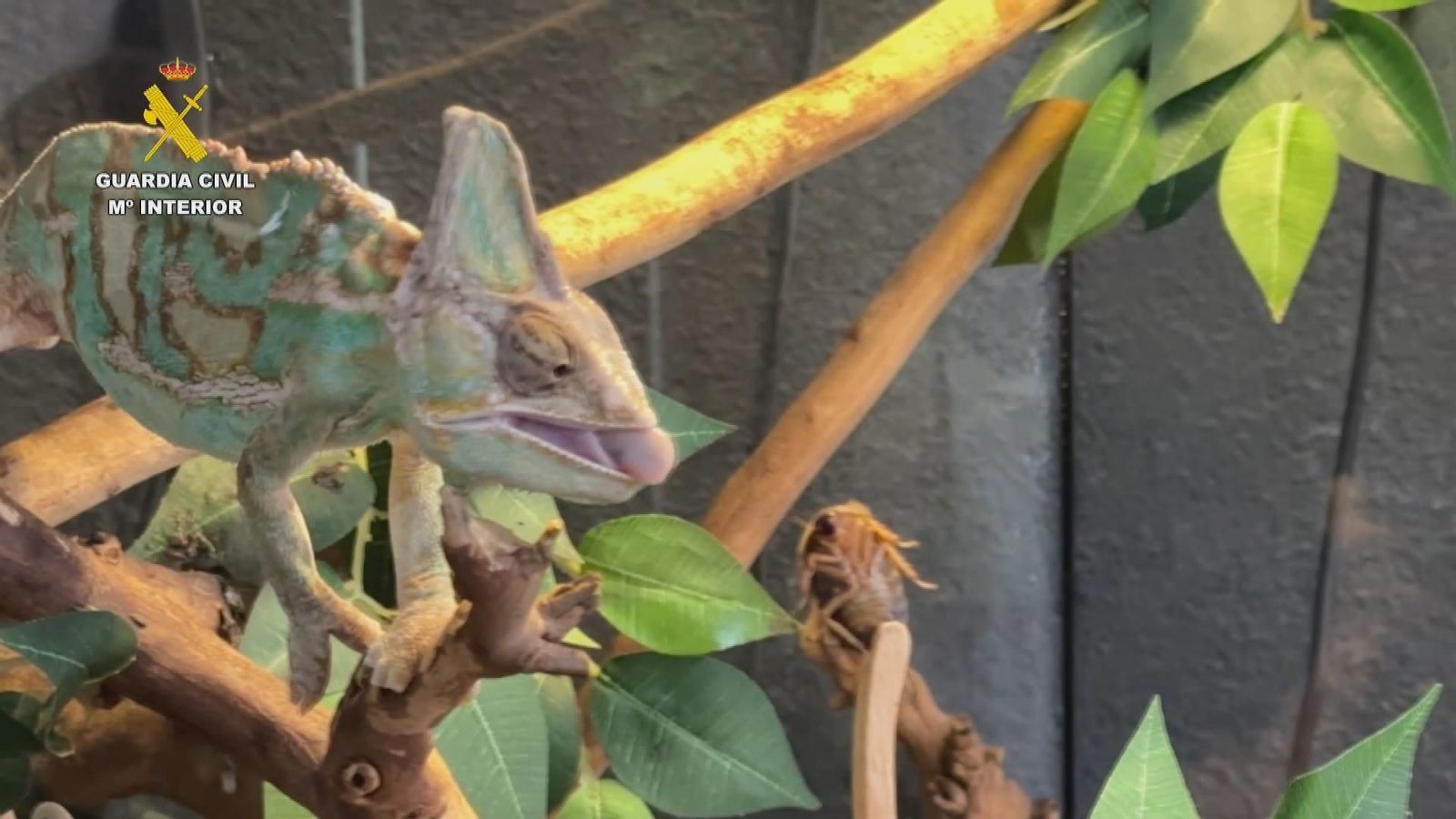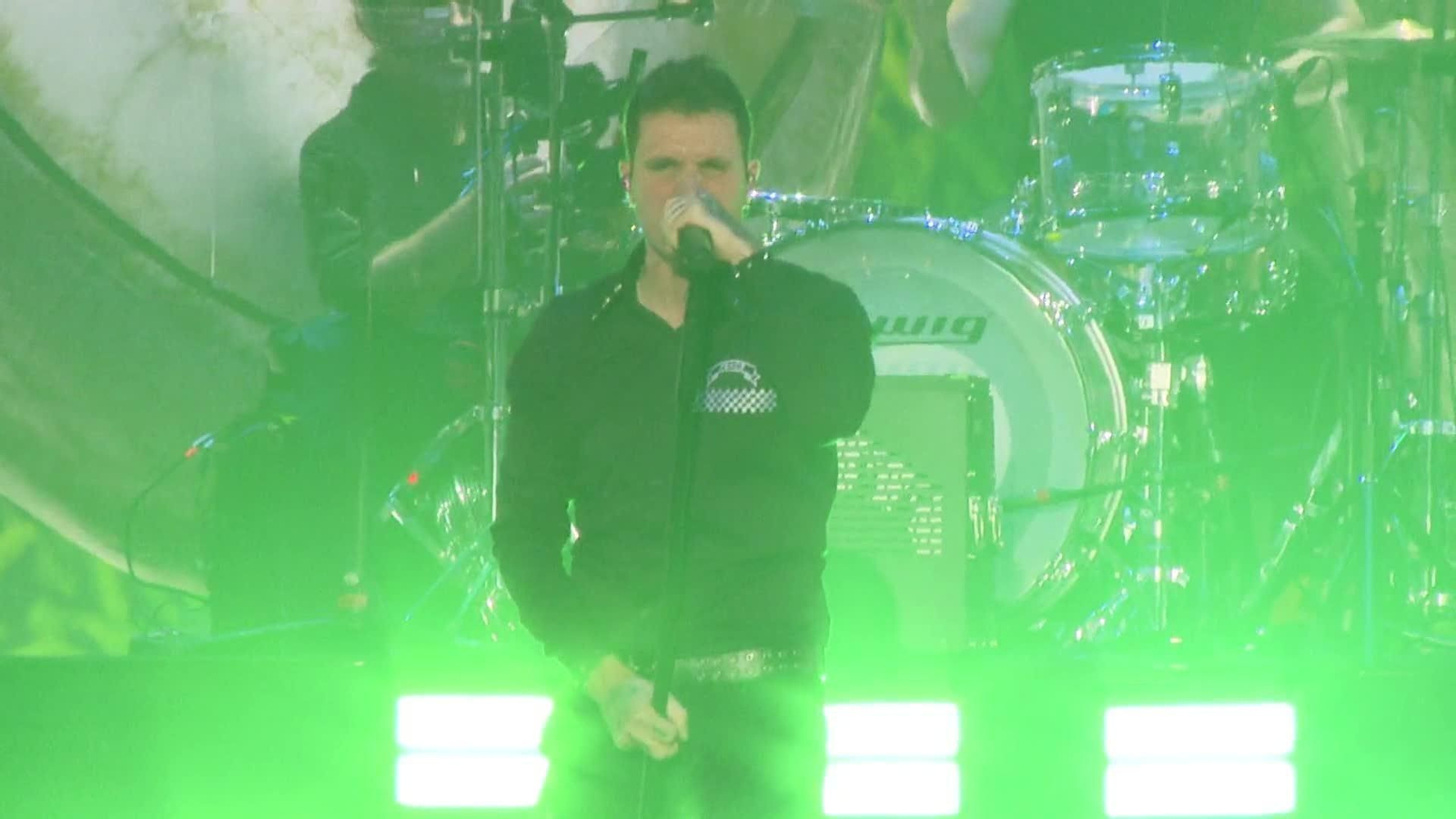S006-CHINA RATONES VUELVEN A LA TIERRA
STORYLINE:
Concluding a nearly two-week mission aboard China's space station, four mice have returned to Earth on Friday with the three astronauts of China's Shenzhou-20 mission, bringing back highly valuable experimental data.
The "mice astronauts", sent to the space station by the Shenzhou-21 crewed spacecraft on Oct. 31 for a pioneering experiment on how living organisms adapt to the challenges of space, had their stay in orbit extended to almost two weeks -- nearly twice the originally planned duration.
According to the original plan, the mice were to return to Earth aboard the Shenzhou-20 crewed spacecraft. However, the spacecraft experienced a suspected impact from space debris. So, they waited for several days, after which they boarded the Shenzhou-21 spacecraft -- their original ride to orbit -- to begin the journey home.
This unexpectedly turned out to be a boon for the research, as the extended duration significantly enhanced the scientific value of the experiment.
As the first mammalian model animals sent to the space station, the mice remained under continuous multi-dimensional video monitoring throughout their stay in orbit, with their activity and behavior closely observed.
Researchers will analyze these recordings to find out how weightlessness and a confined environment may affect mouse behavior.
To obtain precise and valuable reference data, researchers provided these mice with all living conditions possible, which met their normal needs on Earth.
In space, one of the most significant changes is that there is no difference between day and night. To address this, the researchers installed a lighting system in the mice's housing units that turns on at 7:00 and off at 19:00, simulating sunrise and sunset on Earth and helping to maintain their circadian rhythms.
Hygiene is another major challenge in space, as fur, food debris, and feces can float freely in the air. Therefore, the housing units were equipped with a airflow system that acts like a cleaner, blowing waste into collection boxes to maintain a relatively clean environment for the mice.
The mice, with such careful arrangements, quickly adapted to the microgravity environment in space. Cameras even captured the adorable sight of mice sleeping while floating in the air. They also demonstrated remarkable agility, using the walls of their room as grounds and showcasing "wall-running" skills.
Following their return to Earth, scientists will analyze the mice's behavioral, physiological and biochemical metrics to learn their acute responses and adaptive changes to space conditions, providing evidence for space biology.
While these four mice were having their physiological data collected in space, another group of mice -- serving as the control group -- were housed in identical raising facilities in a laboratory on Earth.
With the data provided by the control group, researchers can more accurately identify which specific factors in the space environment cause changes in the "mice astronauts," thereby providing more detailed and reliable scientific data to support human space exploration.
DESCRIPCIÓN DE IMÁGENES
China - Nov 14, 2025 (CCTV - No access Chinese mainland)
1. Various of researchers working
2. Various of researcher handling mice; mice
FILE: In Space - Date Unknown (CCTV - No access Chinese mainland)
3. Sun rising
In Space - Recent (CCTV - No access Chinese mainland)
4. Various of footage of mice in housing unit; infrared camera footage showing mice
5. Mice in housing unit, animation highlighting their waste
FILE: In Space - Date Unknown (CCTV - No access Chinese mainland)
6. Spacecraft, sun, Earth
Beijing, China - Recent (CCTV - No access Chinese mainland)
7. Various of mice in raising room; mouse
8. Various of mice; thermo-hygrometer
9. Mouse
10. Mice in raising room, researcher







